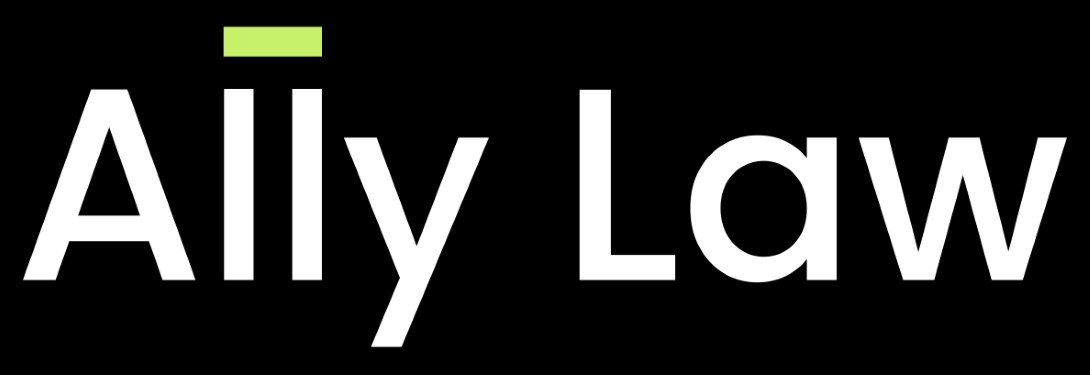By Allison Lee
Hong Kong, 11 March 2022: Hong Kong is to abolish the regulation that allows employers to use Mandatory Provident Fund (MPF) contributions to make severance and long-service payments to workers. The practice, known as “offsetting”, has been a concern raised by trade unions and NGOs. Concrete proposals were presented to the Legislative Council last month.
Background
Some 30 years ago, only a third of Hong Kong’s workforce had any form of retirement protection. The government addressed this issue in 2000 by implementing the MPF system, a territory-wide contribution scheme privately managed under the supervision of the Mandatory Provident Fund Schemes Authority.
Broadly, the MPF requires employees and employers to each make contributions of 5% of the employee’s income towards a personal retirement fund. The system complements other voluntary schemes and statutory pensions in the territory, meaning around 85% of workers now have some sort of retirement planning. The MPF’s importance is highlighted by Hong Kong’s rapidly ageing population. Currently, around 18% of people are 65 or over, but this figure is expected to double over the next 50 years.
Proposed changes
The newly drafted Employment and Retirement Schemes Legislation (Offsetting Arrangement) (Amendment) Bill 2022 seeks to abolish use of accrued benefits of employers’ contributions to offset severance payment (SP) and long service payment (LSP). It amends eight pieces of ordinance and subsidiary legislation that currently provide for offsetting or contain provisions that need to be amended upon its abolition, including the Employment Ordinance (Cap. 57) and the Mandatory Provident Fund Schemes Ordinance (Cap. 485).
The offsetting arrangement will be abolished starting from a date to be appointed, known as the transition date, after the enactment of the bill and upon full implementation of the eMPF platform – a major online infrastructure which aims to streamline and automate administrative processes for MPF scheme members and employers.
In an effort to reduce the risk of large-scale dismissals before the transition date, the bill proposes the abolition should have no retrospective effect. So, effectively, the SP/LSP payable to an employee after the transition date will comprise two parts:
- Pre-transition SP/LSP: For the sum that would be payable for employment up to the transition date, employers can continue to use the accrued benefits of contributions before and after the transition date to offset payment.
- Post-Transition SP/LSP: The sum payable for the period after the transition date is not subject to offsetting.
It should be noted, however, that employers’ voluntary contributions and any returns derived from these can still be used to offset both pre- and post-transition SP/LSP. Similarly, offsetting by using gratuities based on length of service will still be allowed.
The current rate for calculating SP/LSP is two-thirds of the last monthly wages, subject to a maximum of HK$22,500, for each year of service; and the maximum payment of SP/LSP is HK$390,000. The bill will not change these. Pre-transition SP/LSP will be calculated on the basis of monthly wages immediately preceding the transition date while post-transition SP/LSP will be determined by the last monthly wages before termination of employment. In rare cases where an employee ends up worse off as a result of abolition, the government pledges to make up the difference through administrative means.
Support for employers
To help employers – especially micro, small and medium sized enterprises – the government will introduce a 25-year subsidy scheme costing HK$33 billion. However, details have yet to be revealed: a crucial issue will be whether the government pays its share directly to the employee or if the employer has to pay the full amount and then reclaim the difference from the authorities. As well, the government will introduce a Designated Savings Accounts (DSA) Scheme under which employers will be mandated to save up for meeting their future SP/LSP liabilities after the abolition. Further legislation will be enacted to implement this.
Summary
It is important for employers to familiarise themselves with the regulations and be prepared, especially with regard to setting up and maintaining DSAs. As always, we recommend seeking legal advice if in doubt to gain clarity and ensure compliance.
Looking at the bigger picture, the 5% contribution levels for employers and employees remain insufficient to sustain a comfortable retirement. Victor Apps, Chairman of the Business and Professionals Federation of Hong Kong, has been particularly vocal on this issue. You can hear his thoughts – beginning at 13:05 – in our recent Law & More podcast with my colleague Colin Cohen.
Allison Lee’s core practice areas include Employment Law, Company & Commercial and Family Law. She is experienced in general civil litigation with an emphasis on shareholders’ disputes, contractual disputes and contentious probate, plus matrimonial and family matters relating to children and finances. She can be contacted at allison@boasecohencollins.com.



